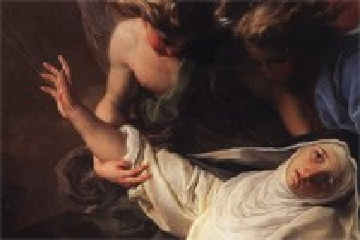
REL 380 - Saints and Sinners: Medieval Women in Central Italy
Important Note: This course was formerly HSWS 380.
Course Description
This course focuses on a few female saints from Central Italy that were active in the thirteenth and fourteenth century, a period rife with social changes and innovations. New powerful orders were founded and accepted by the Church. The papacy migrated to Avignon, in France, creating the setting for the future schism that divided Christianity. New images, artistic formats, and strategies of communication developed in order to satisfy the spiritual and/or political aims of the patrons.
In this context, flourished intriguing female figures of diverse backgrounds such as Clare of Assisi, Catherine of Siena, Angela of Foligno and Margherita of Cortona, who were sainted or at least considered saints in the following centuries. Their lives were not always characterized by constant “virtuousness”. One of them, Margherita of Cortona, had been a mistress for years, she had a son out of wedlock, however, when she died she was already being considered something else by her citizens. These saints (sometimes presumed) conformity to specific models for female spirituality and behavior hides strength of will and firmness in defending their beliefs. Each of these women will be first presented from a historical and hagiographical point of view, detailing how their saintly persona was constructed. We will then consider how their lives and ideals were visualized in art, but also how art created alternate interpretations of their characters.
